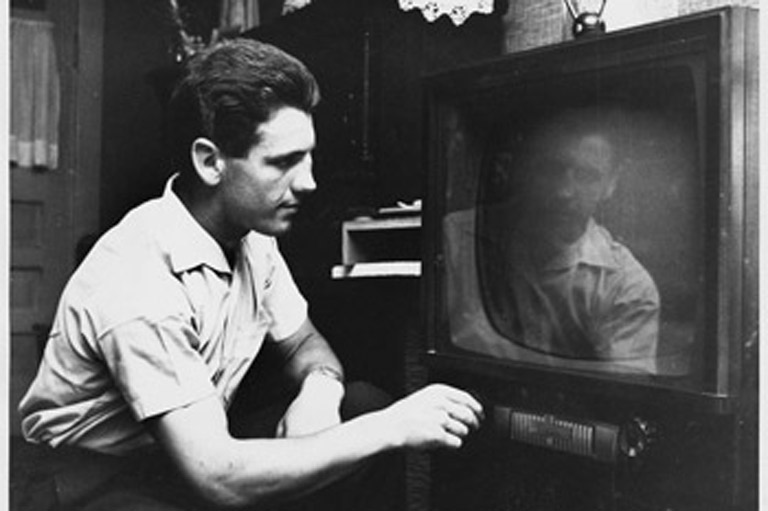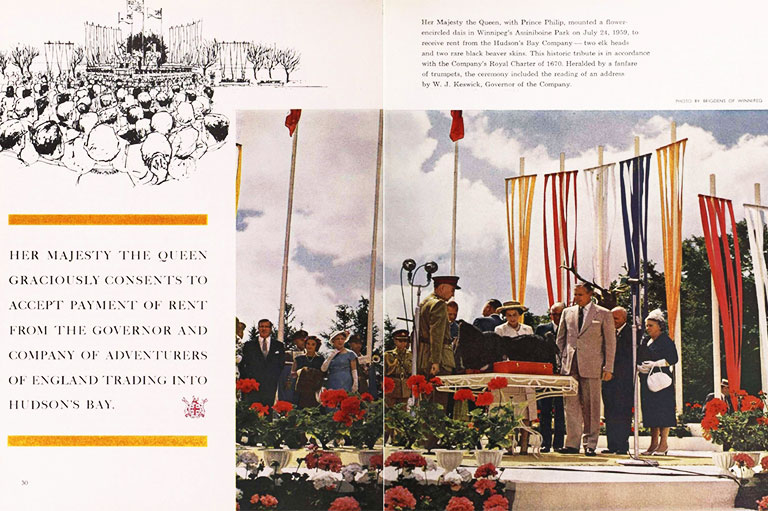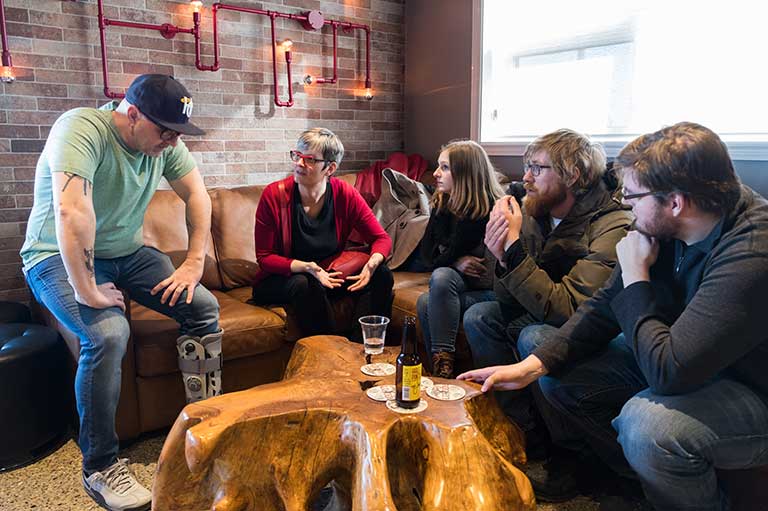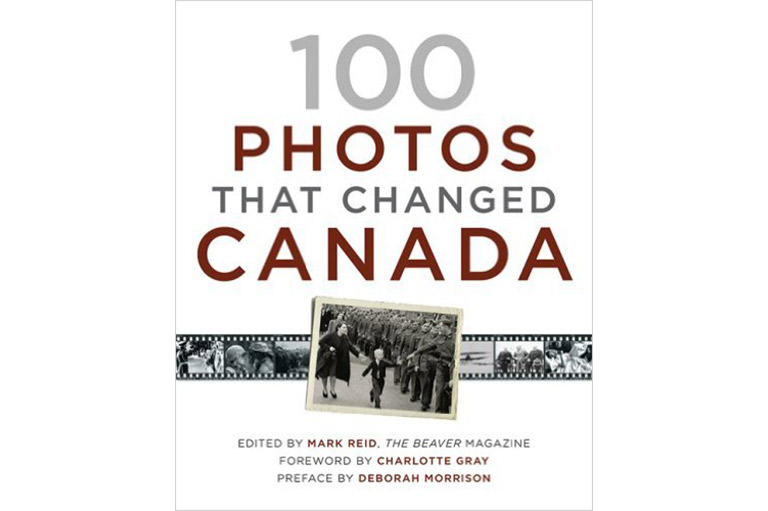Travelling Performer
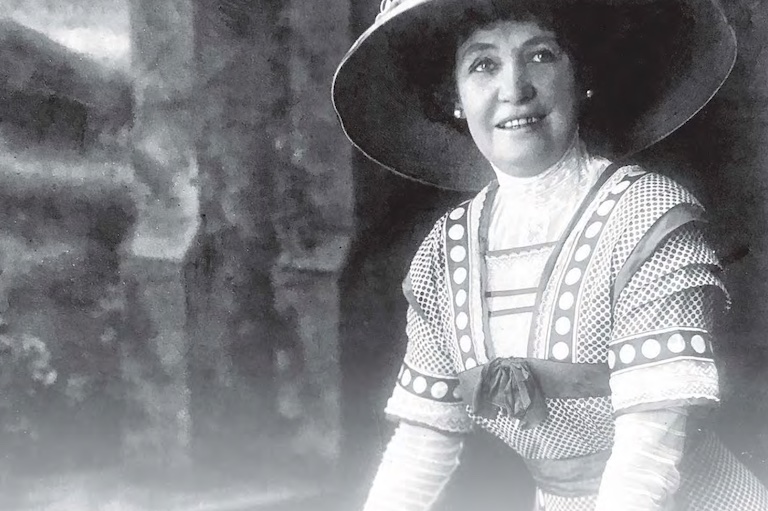
My grandmother Vera Stidolph (née Secord) lived with our family until her death in 1967, when I was eighteen. She was not one to talk often about herself, but I grew up captivated by the few stories she told about Laura Secord and Niagara-on-the-Lake, Ontario, as well as life on the stage.
My great-grandfather Douglas Secord was a great-nephew of James and Laura Secord — the famous Laura Secord! But he was also an actor and an impresario, and his wife, Adelaide — shown in this portrait — became a leading lady who performed under her maiden name, Flint. My grandmother joined them as a child actor and performed on the stage until silent movies turned to talkies in the mid-1920s.
By the 1890s, there were many travelling stock companies made up of Canadian actors. But they didn’t perform in the big cities or big theatres like the Walker in Winnipeg, Royal Alex in Toronto, or Pantages in Vancouver. They played in town halls, churches, and even barns, putting on shows such as Uncle Tom’s Cabin, Ten Nights in a Bar-room, and Hearts of Gold.
My grandmother’s diary from 1919 details an extraordinary tour they undertook performing Uncle Tom’s Cabin. It started in New Hamburg, Ontario, on January 24 and closed in Elmvale, Ontario, on December 6. They performed an astounding 272 one-night stands, travelling through southern and northern Ontario, northern Minnesota and Wisconsin, Manitoba and Saskatchewan, and then back to Ontario.
The shows travelled almost exclusively by train along the main lines and tiny spur lines from coast to coast, rarely staying more than one night in any town. Accommodations were often challenging. In a 1963 CBC Radio interview, my grandmother gave this example: “I was in one hotel, and it was sixteen degrees below zero, and the only heat they had was in the kitchen. This was in Iroquois, Ontario. So I went to bed with my fur coat on, my boots, and tied a scarf around my head.”
Very little has been recorded about this period of our cultural history. The many small stock companies travelled largely in obscurity, performing mostly in communities of a few hundred people with no newspapers. The performers of this generation are now gone, but their stories remain in old scrapbooks, and a few are remembered by grandchildren and great-grandchildren.
We hope you’ll help us continue to share fascinating stories about Canada’s past by making a donation to Canada’s History Society today.
We highlight our nation’s diverse past by telling stories that illuminate the people, places, and events that unite us as Canadians, and by making those stories accessible to everyone through our free online content.
We are a registered charity that depends on contributions from readers like you to share inspiring and informative stories with students and citizens of all ages — award-winning stories written by Canada’s top historians, authors, journalists, and history enthusiasts.
Any amount helps, or better yet, start a monthly donation today. Your support makes all the difference. Thank you!
Themes associated with this article
Advertisement
With 7 uniquely curated newsletters to choose from, we have something for everyone.

